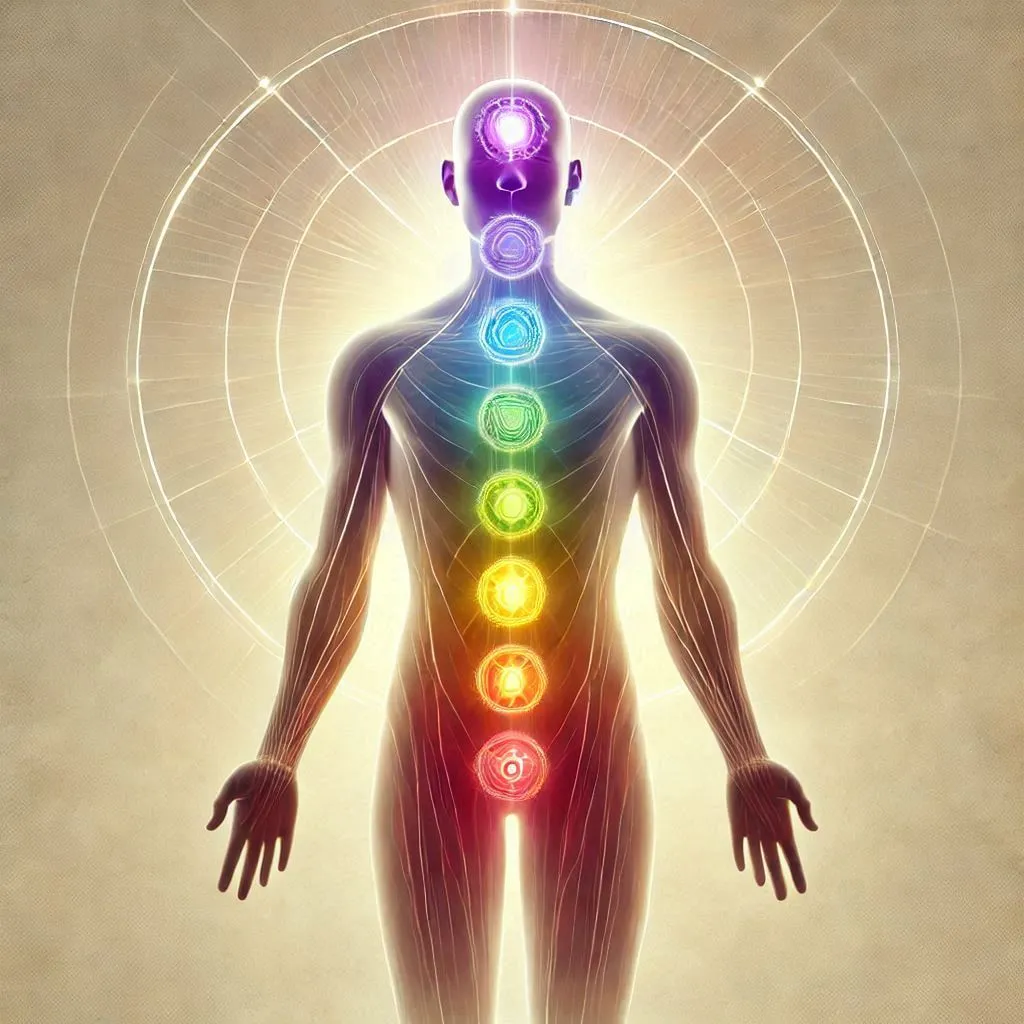What Are Chakras? Understanding the Basics of Energy Centers
Chakras are powerful energy centers within the human body that play a crucial role in our physical, emotional, and spiritual well-being. Each of these seven primary chakras is uniquely positioned, colored, and responsible for different aspects of our holistic health.
The Comprehensive Breakdown of the 7 Chakras
1. Root Chakra (Muladhara): Your Foundation of Stability
Color: Red
Location: Base of the spine, perineum
The Root Chakra is your energetic anchor to the physical world, providing essential grounding and stability. When balanced, it promotes:
- A sense of security
- Physical vitality
- Emotional stability
Signs of Imbalance:
- Excessive openness: Materialism, self-indulgence
- Closed chakra: Constant worry, fatigue, feeling disconnected
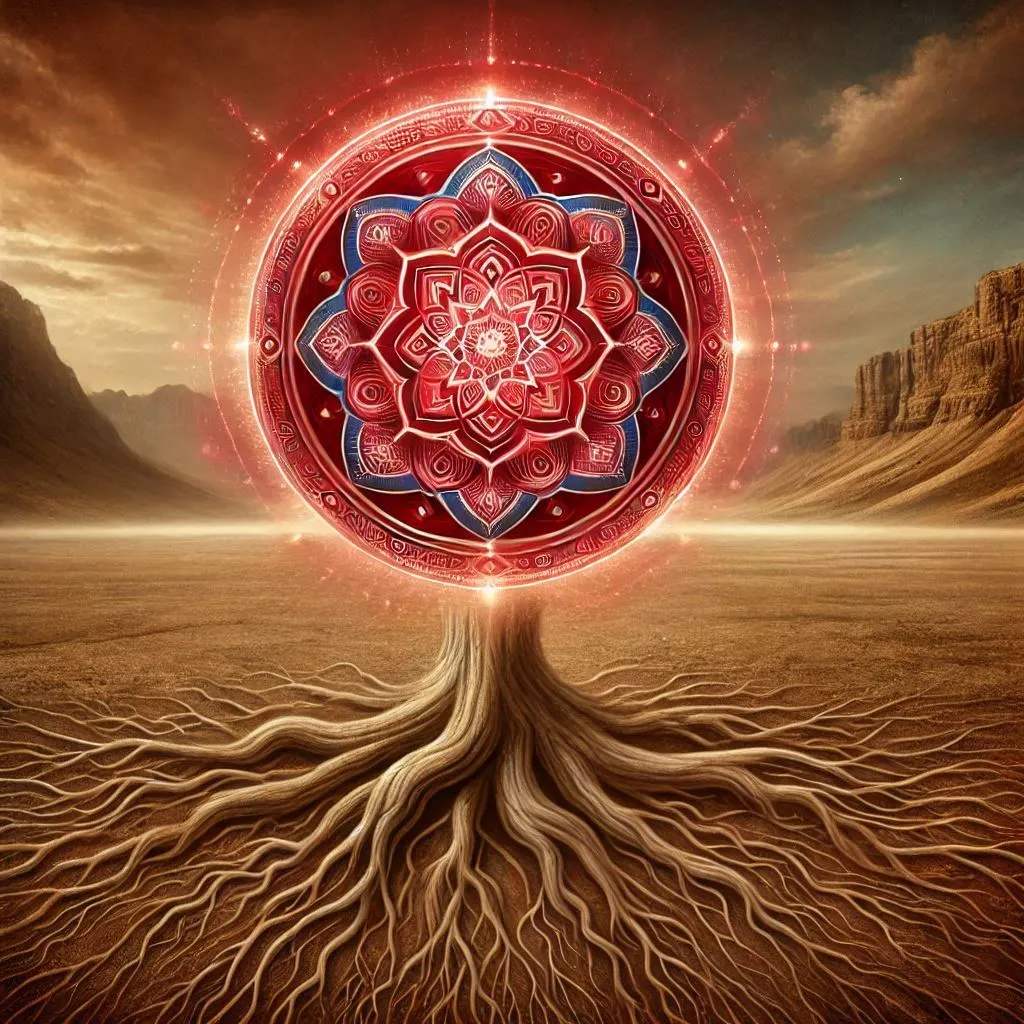
2. Sacral Chakra (Svadhisthana): The Center of Creativity and Emotion
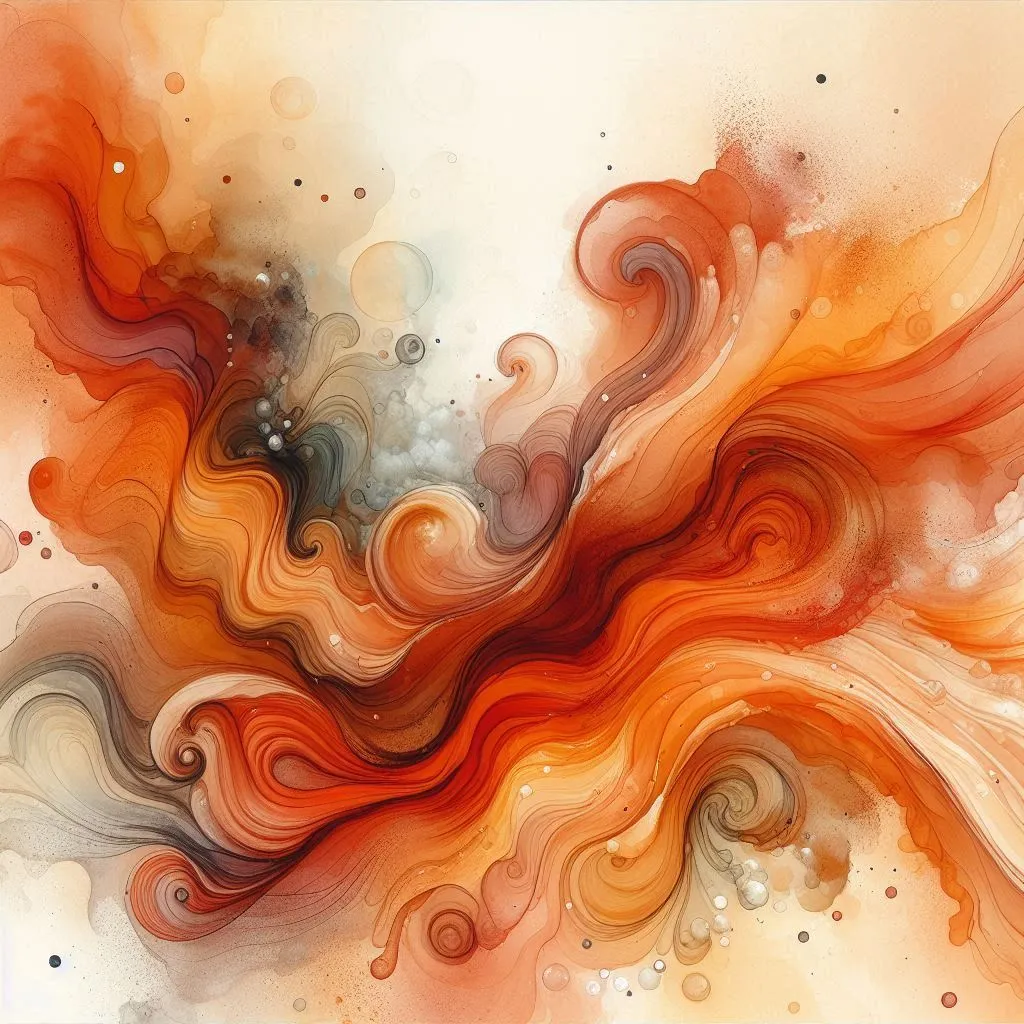
Color: Orange
Location: Two fingers below the navel
Governing emotions, creativity, and personal power, the Sacral Chakra influences:
- Emotional intelligence
- Sexual energy
- Creative expression
Signs of Imbalance:
- Excessive openness: Over-reliance on external validation
- Closed chakra: Emotional withdrawal, lack of enthusiasm
3. Solar Plexus Chakra (Manipura): Your Personal Power Center
Color: Yellow
Location: Diaphragm area
The Solar Plexus Chakra represents personal power and energetic perception. It enables:
- Understanding of personal and external energies
- Self-confidence
- Intuitive awareness
Signs of Imbalance:
- Excessive openness: High sensitivity to external energies
- Closed chakra: Lack of awareness, energetic insensitivity
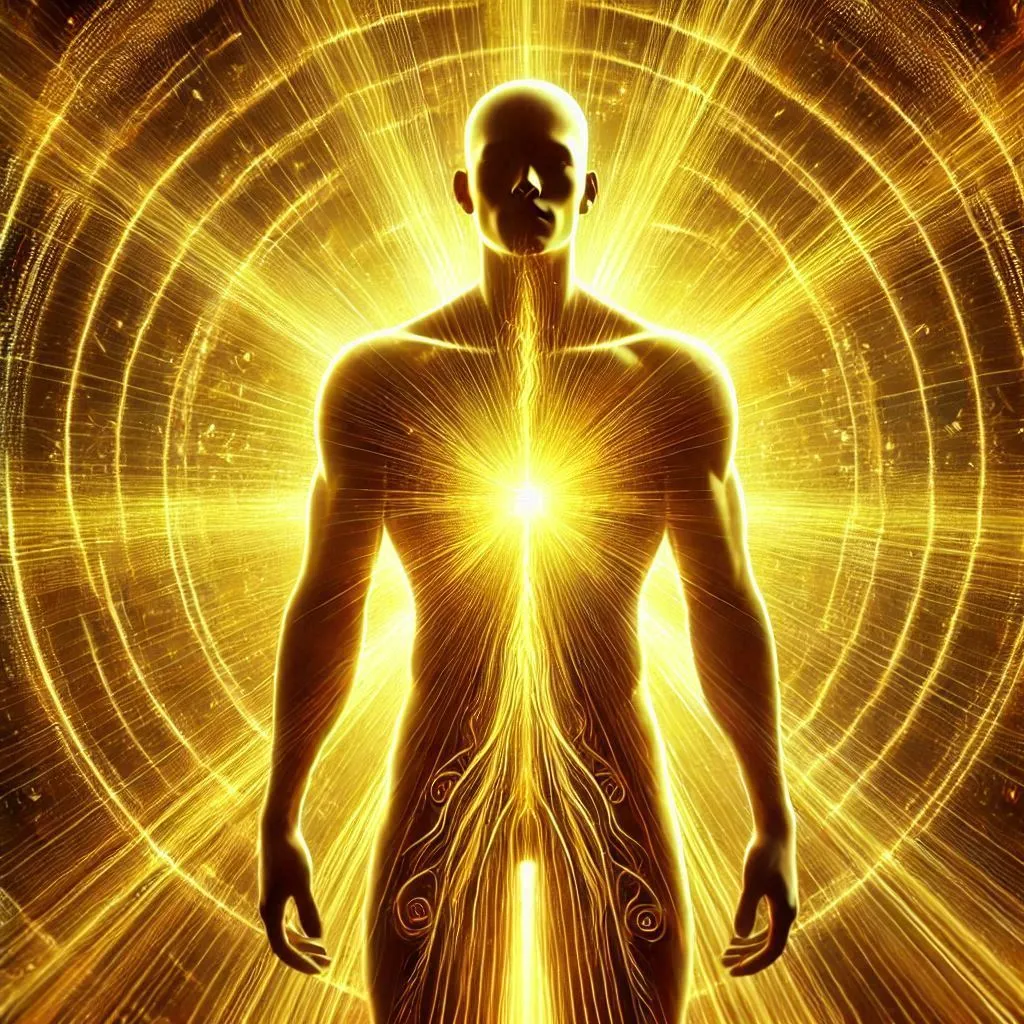
4. Heart Chakra (Anahata): The Realm of Unconditional Love
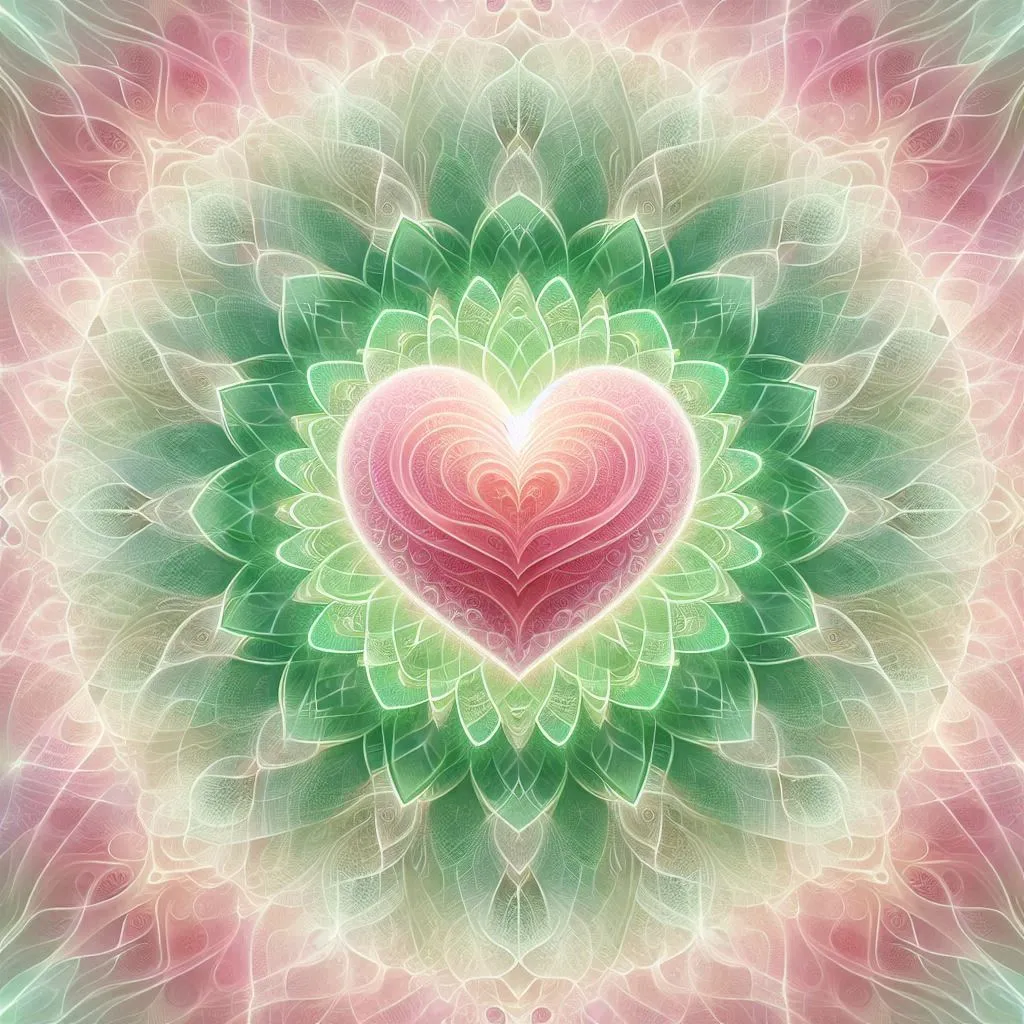
Colors: Green and Pink
Location: Center of the chest
The Heart Chakra is the bridge between physical and spiritual experiences, promoting:
- Unconditional love
- Empathy
- Emotional healing
Signs of Imbalance:
- Excessive openness: Neglecting personal needs
- Closed chakra: Self-criticism, trust issues
5. Throat Chakra (Vishuddha): Your Communication Portal
Color: Blue
Location: Throat area
Governing communication and self-expression, the Throat Chakra supports:
- Clear communication
- Active listening
- Authentic expression
Signs of Imbalance:
- Excessive openness: Over-communication
- Closed chakra: Difficulty expressing feelings
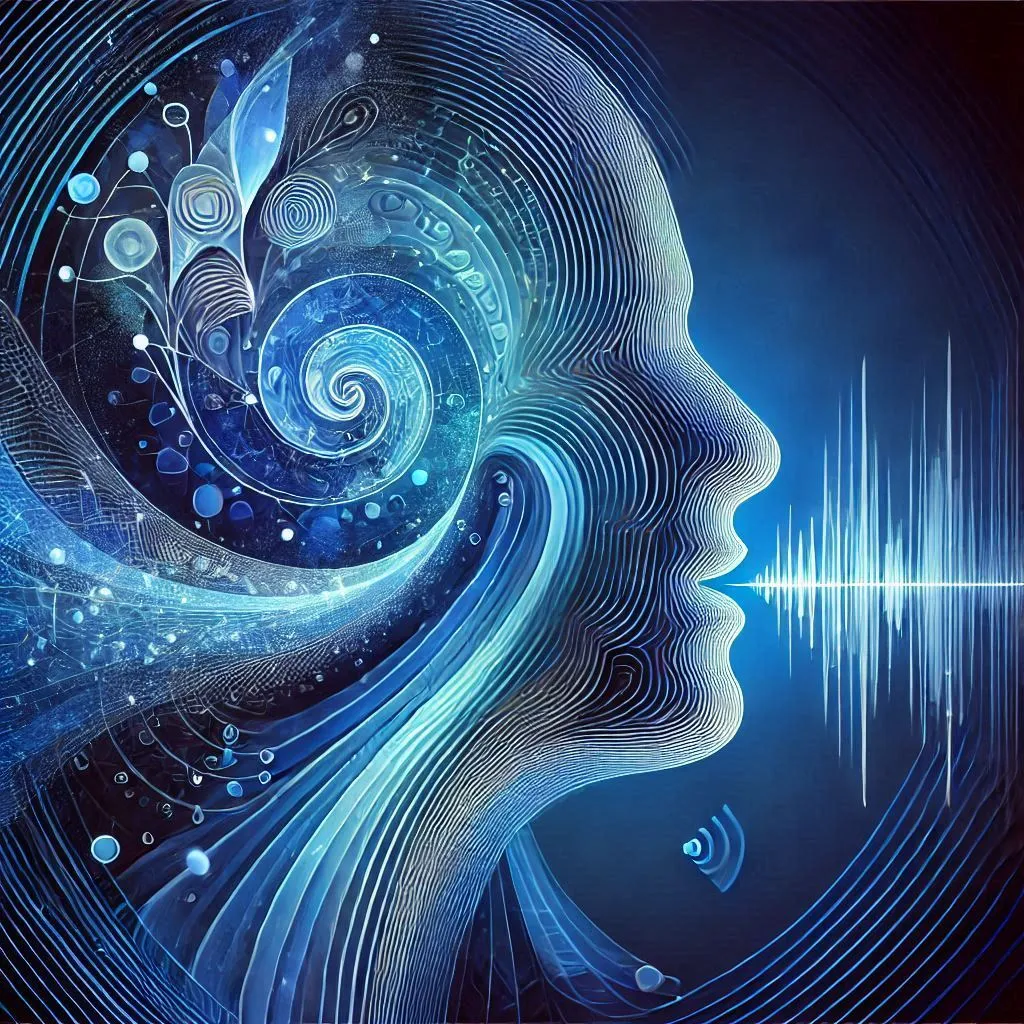
6. Third Eye Chakra (Ajna): The Seat of Intuition
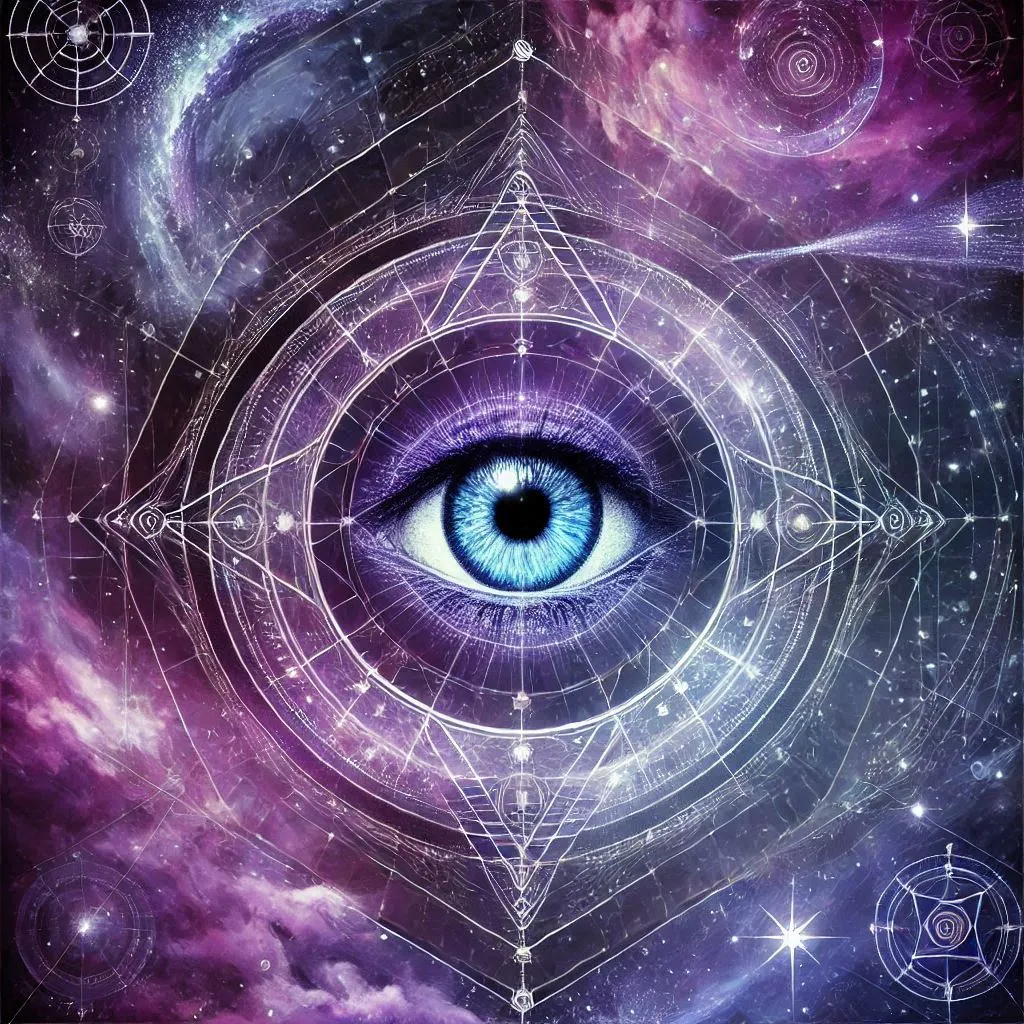
Colors: Indigo and Violet
Location: Between and slightly above the eyebrows
The Third Eye Chakra is your center of intuition and spiritual insight, enabling:
- Psychic perception
- Deep intuition
- Connection to higher consciousness
Signs of Imbalance:
- Excessive openness: Over-reliance on intellect
- Closed chakra: Skepticism, forgetfulness
7. Crown Chakra (Sahasrara): Your Spiritual Connection
Colors: Violet and White
Location: Top of the head
The Crown Chakra represents your connection to universal knowledge and spiritual enlightenment, facilitating:
- Spiritual growth
- Universal understanding
- Transcendence
Signs of Imbalance:
- Narrow chakra: Need for deeper spiritual practice
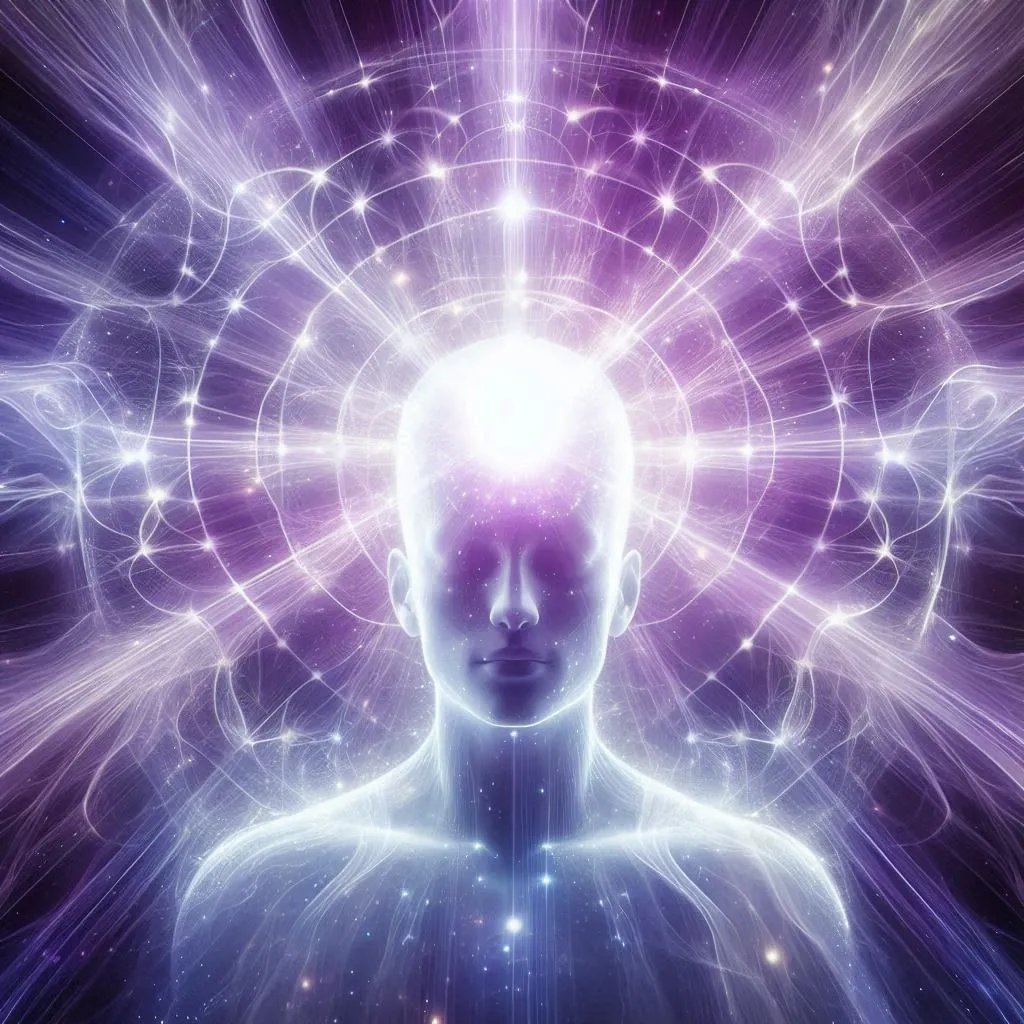
Balancing Your Chakras: Key Strategies
- Practice meditation
- Use energy healing techniques
- Engage in mindful movement like yoga
- Explore sound healing
- Work with a professional energy healer
Conclusion: Your Energetic Journey
Understanding and balancing your chakras can lead to profound personal transformation, offering a holistic approach to physical, emotional, and spiritual well-being.
Disclaimer: While chakra practices can be beneficial, they should complement, not replace, professional medical or psychological care.
